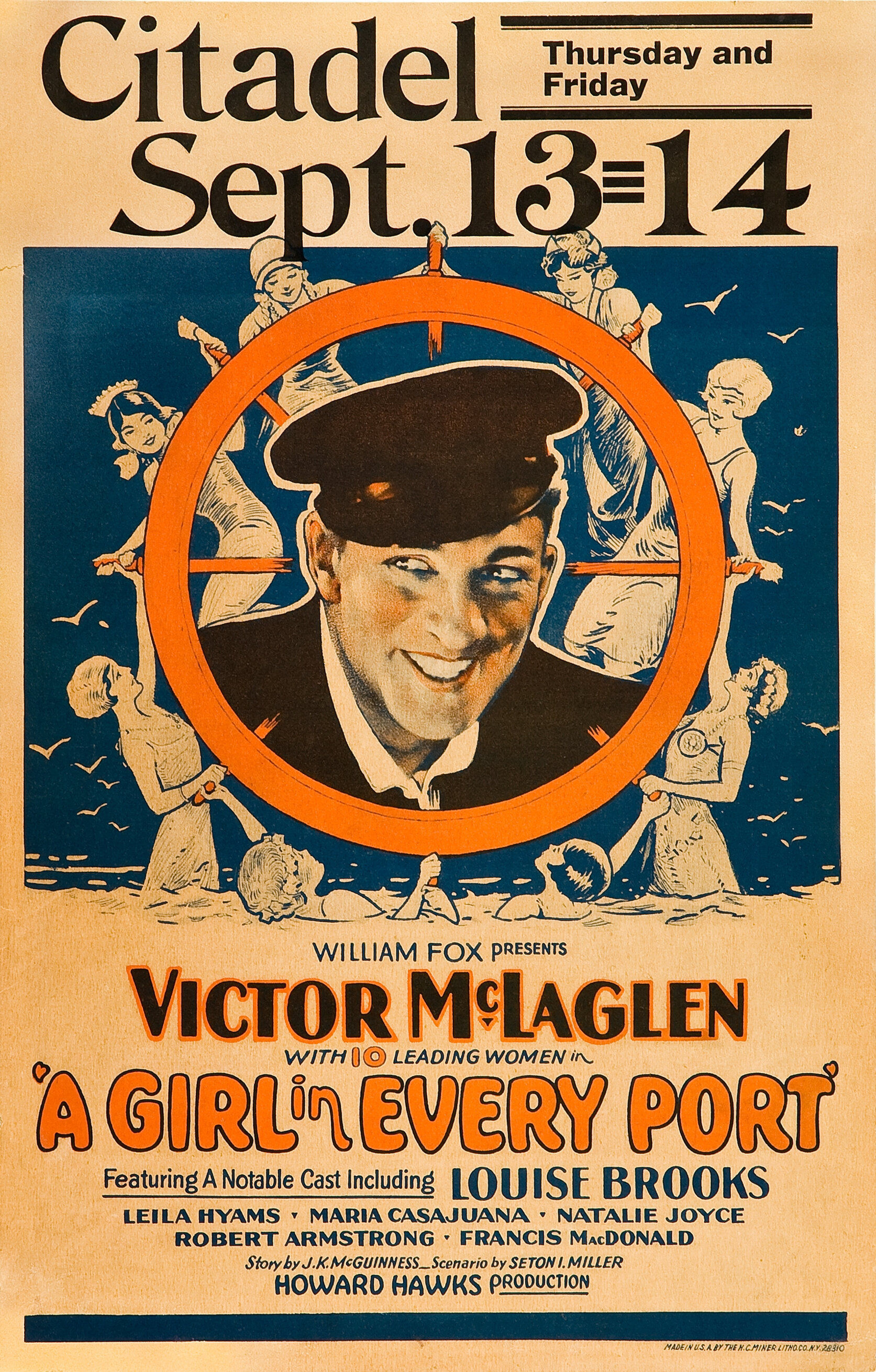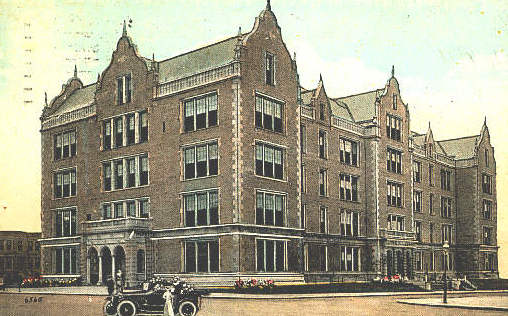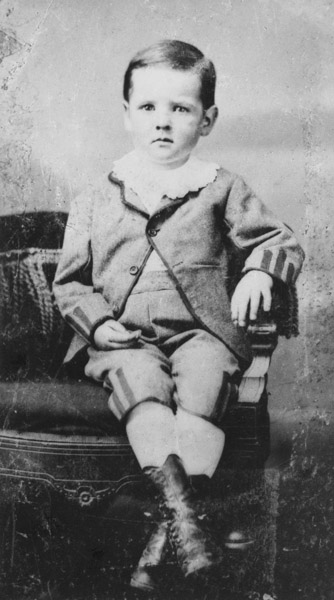|
Harry Aaron Hollzer
Harry Aaron Hollzer (November 4, 1880 – January 14, 1946) was a United States district judge of the United States District Court for the Southern District of California. Education and career Hollzer was born in New York City, New York on November 4, 1880, the son of Joseph and Annie Hollzer, and in 1885, the family moved to San Francisco, California.J.C. Bates (ed.), ''History of the Bench and Bar of California'' (San Francisco: Bench and Bar Publishing Co., 1912), 356 When his father died in 1890, his mother, unable to care for her six children who ranged in age from two to fourteen years, sent Harry and his four brothers to live at the Pacific Hebrew Orphan Asylum in San Francisco, while her one daughter, Esther, aged ten years, remained at home. It was at the orphanage that Hollzer decided to become a lawyer."Former Newsie Nominated for Federal Bench," ''San Francisco Chronicle'', 9 January 1931, 1 He was educated in San Francisco public schools, including Lowell High S ... [...More Info...] [...Related Items...] OR: [Wikipedia] [Google] [Baidu] |
United States District Court For The Southern District Of California
The United States District Court for the Southern District of California (in case citations, S.D. Cal.) is a federal court in the Ninth Circuit (except for patent claims and claims against the U.S. government under the Tucker Act, which are appealed to the Federal Circuit). The District was created on September 28, 1850, following the passage of the California Statehood Act on September 9, 1850. The state was divided into a Northern and Southern district. The Judicial Circuits Act of 1866 abolished the Northern and Southern districts, re-organizing California as a single circuit district. On August 5, 1886 the Southern district was re-established, following the division of the state into Northern and Southern districts. The district was further divided on March 18, 1966 with the creation of the Central and Eastern districts. The United States Attorney's Office for the Southern District of California represents the United States in civil and criminal litigation in the court. ... [...More Info...] [...Related Items...] OR: [Wikipedia] [Google] [Baidu] |
Supreme Court Of California
The Supreme Court of California is the highest and final court of appeals in the courts of the U.S. state of California. It is headquartered in San Francisco at the Earl Warren Building, but it regularly holds sessions in Los Angeles and Sacramento. Its decisions are binding on all other California state courts. Since 1850, the court has issued many influential decisions in a variety of areas including torts, property, civil and constitutional rights, and criminal law. Composition Under the original 1849 California Constitution, the Court started with a chief justice and two associate justices. The Court was expanded to five justices in 1862. Under the current 1879 constitution, the Court expanded to six associate justices and one chief justice, for the current total of seven. The justices are appointed by the Governor of California and are subject to retention elections. According to the California Constitution, to be considered for appointment, as with any California ju ... [...More Info...] [...Related Items...] OR: [Wikipedia] [Google] [Baidu] |
Fibber McGee And Molly
''Fibber McGee and Molly'' (1935–1959) was a longtime highly popular husband-and-wife team radio comedy program. The situation comedy was a staple of the NBC Red Network from 1936 on, after originating on NBC Blue in 1935. One of the most popular and enduring radio series of its time, it ran as a stand-alone series from 1935 to 1956, and then continued as a short-form series as part of the weekend ''Monitor'' from 1957 to 1959. The title characters were created and portrayed by Jim and Marian Jordan, a husband-and-wife team that had been working in radio since the 1920s. ''Fibber McGee and Molly'' followed up the Jordans' previous radio sitcom ''Smackout''. It featured the misadventures of a working-class couple: habitual storyteller Fibber McGee and his sometimes terse but always loving wife Molly, living among their numerous neighbors and acquaintances in the community of Wistful Vista. As with radio comedies of the era, ''Fibber McGee and Molly'' featured an announcer, ho ... [...More Info...] [...Related Items...] OR: [Wikipedia] [Google] [Baidu] |
Jim Jordan (actor)
James Edward Jordan (November 16, 1896 – April 1, 1988) was the American actor who played Fibber McGee in ''Fibber McGee and Molly'' and voiced the albatross Orville in Disney's ''The Rescuers'' (1977). Biography Jordan was born in 1896 on a farm near Peoria, Illinois. He attended St. John's Church in Peoria, and his family eventually sold the farm and moved into Peoria. It was at church choir practice that he met Marian Driscoll, whom he married on August 31, 1918. With Marian Jim Jordan went on the vaudeville circuit, both as a solo act and with his wife, Marian, at various times until 1924. They went entirely broke in 1923, having to be wired money by their parents to get back to Peoria from Lincoln, Illinois. Jim and Marian Jordan got their major break in radio while performing in Chicago in 1924; Jim said he could give a better performance than the singers they were listening to on the radio, and his brother Byron bet $10 that Jim couldn't do it. By the end of the ... [...More Info...] [...Related Items...] OR: [Wikipedia] [Google] [Baidu] |
Howard Hawks
Howard Winchester Hawks (May 30, 1896December 26, 1977) was an American film director, producer and screenwriter of the classic Hollywood era. Critic Leonard Maltin called him "the greatest American director who is not a household name." A versatile film director, Hawks explored many genres such as comedies, dramas, gangster films, science fiction, film noir, war films and westerns. His most popular films include '' Scarface'' (1932), '' Bringing Up Baby'' (1938), '' Only Angels Have Wings'' (1939), ''His Girl Friday'' (1940), '' To Have and Have Not'' (1944), ''The Big Sleep'' (1946), '' Red River'' (1948), ''The Thing from Another World'' (1951), '' Gentlemen Prefer Blondes'' (1953), and '' Rio Bravo'' (1959). His frequent portrayals of strong, tough-talking female characters came to define the "Hawksian woman". In 1942, Hawks was nominated the only time for the Academy Award for Best Director for '' Sergeant York'' (1941). In 1974, he was awarded an Honorary Academy Awa ... [...More Info...] [...Related Items...] OR: [Wikipedia] [Google] [Baidu] |
Victor Fleming
Victor Lonzo Fleming (February 23, 1889 – January 6, 1949) was an American film director, cinematographer, and producer. His most popular films were ''Gone with the Wind (film), Gone with the Wind'', for which he won an Academy Award for Best Director, and ''The Wizard of Oz (1939 film), The Wizard of Oz'' (both 1939). Fleming has those same two films listed in the top 10 of the American Film Institute's 2007 AFI's 100 Years...100 Movies (10th Anniversary Edition), AFI's 100 Years...100 Movies list. Biography Early life Fleming was born at the Banbury Ranch near what is now La Cañada Flintridge, California, the son of Eva (née Hartman) and William Richard Lonzo Fleming. Career He served in the photographic section for the United States Army during World War I, and acted as chief photographer for President Woodrow Wilson in Treaty of Versailles, Versailles, France. Beginning in 1918, Fleming taught at and headed Columbia University's School of Military Cinematography, traini ... [...More Info...] [...Related Items...] OR: [Wikipedia] [Google] [Baidu] |
Marlene Dietrich
Marie Magdalene "Marlene" DietrichBorn as Maria Magdalena, not Marie Magdalene, according to Dietrich's biography by her daughter, Maria Riva ; however Dietrich's biography by Charlotte Chandler cites "Marie Magdalene" as her birth name . (, ; 27 December 1901 – 6 May 1992) was a German and American actress and singer whose career spanned from the 1910s to the 1980s. In 1920s Berlin, Dietrich performed on the stage and in silent films. Her performance as Lola-Lola in Josef von Sternberg's ''The Blue Angel'' (1930) brought her international acclaim and a contract with Paramount Pictures. She starred in many Hollywood films, including six iconic roles directed by Sternberg: ''Morocco'' (1930) (her only Academy Award nomination), ''Dishonored'' (1931), '' Shanghai Express'' and ''Blonde Venus'' (both 1932), ''The Scarlet Empress'' (1934) and '' The Devil Is a Woman'' (1935), ''Desire'' (1936) and ''Destry Rides Again'' (1939). She successfully traded on her glamorous persona a ... [...More Info...] [...Related Items...] OR: [Wikipedia] [Google] [Baidu] |
Hedy Lamarr
Hedy Lamarr (; born Hedwig Eva Maria Kiesler; November 9, 1914 January 19, 2000) was an Austrian-born American film actress and inventor. A film star during Hollywood's golden age, Lamarr has been described as one of the greatest movie actresses of all time. After a brief early film career in Czechoslovakia, including the controversial '' Ecstasy'' (1933), she fled from her first husband, a wealthy Austrian ammunition manufacturer, and secretly moved to Paris. Traveling to London, she met Metro-Goldwyn-Mayer studio head Louis B. Mayer, who offered her a movie contract in Hollywood. She became a film star with her performance in ''Algiers'' (1938). Her MGM films include ''Lady of the Tropics'' (1939), ''Boom Town'' (1940), '' H.M. Pulham, Esq.'' (1941), and ''White Cargo'' (1942). Her greatest success was as Delilah in Cecil B. DeMille's Bible-inspired ''Samson and Delilah'' (1949). She also acted on television before the release of her final film, '' The Female Animal'' (1958). ... [...More Info...] [...Related Items...] OR: [Wikipedia] [Google] [Baidu] |
Mae West
Mae West (born Mary Jane West; August 17, 1893 – November 22, 1980) was an American stage and film actress, playwright, screenwriter, singer, and sex symbol whose entertainment career spanned over seven decades. She was known for her breezy sexual independence, and her lighthearted bawdy double entendres, often delivered in a husky contralto voice. She was active in vaudeville and on stage in New York City before moving to Los Angeles to begin a career in the film industry. West was one of the most controversial movie stars of her day; she encountered problems especially with censorship. She once quipped, "I believe in censorship. I made a fortune out of it." She bucked the system by making comedy out of conventional mores, and the Depression-era audience admired her for it. When her film career ended, she wrote books and plays, and continued to perform in Las Vegas and the United Kingdom, on radio and television, and recorded rock 'n roll albums. In 1999, the American Film ... [...More Info...] [...Related Items...] OR: [Wikipedia] [Google] [Baidu] |
Clara Bow
Clara Gordon Bow (; July 29, 1905 – September 27, 1965) was an American actress who rose to stardom during the silent film era of the 1920s and successfully made the transition to "talkies" in 1929. Her appearance as a plucky shopgirl in the film '' It'' brought her global fame and the nickname " The It Girl". Bow came to personify the Roaring Twenties and is described as its leading sex symbol. Bow appeared in 46 silent films and 11 talkies, including hits such as '' Mantrap'' (1926), ''It'' (1927), and ''Wings'' (1927). She was named first box-office draw in 1928 and 1929 and second box-office draw in 1927 and 1930.''Exhibitors Herald'', December 31, 1927 Her presence in a motion picture was said to have ensured investors, by odds of almost two-to-one, a "safe return". At the apex of her stardom, she received more than 45,000 fan letters in a single month (January 1929). Two years after marrying actor Rex Bell in 1931, Bow retired from acting and became a rancher in Nevada ... [...More Info...] [...Related Items...] OR: [Wikipedia] [Google] [Baidu] |
United States Senate
The United States Senate is the upper chamber of the United States Congress, with the House of Representatives being the lower chamber. Together they compose the national bicameral legislature of the United States. The composition and powers of the Senate are established by Article One of the United States Constitution. The Senate is composed of senators, each of whom represents a single state in its entirety. Each of the 50 states is equally represented by two senators who serve staggered terms of six years, for a total of 100 senators. The vice president of the United States serves as presiding officer and president of the Senate by virtue of that office, despite not being a senator, and has a vote only if the Senate is equally divided. In the vice president's absence, the president pro tempore, who is traditionally the senior member of the party holding a majority of seats, presides over the Senate. As the upper chamber of Congress, the Senate has several powers o ... [...More Info...] [...Related Items...] OR: [Wikipedia] [Google] [Baidu] |
Herbert Hoover
Herbert Clark Hoover (August 10, 1874 – October 20, 1964) was an American politician who served as the 31st president of the United States from 1929 to 1933 and a member of the Republican Party, holding office during the onset of the Great Depression in the United States. A self-made man who became rich as a mining engineer, Hoover led the Commission for Relief in Belgium, served as the director of the U.S. Food Administration, and served as the U.S. Secretary of Commerce. Hoover was born to a Quaker family in West Branch, Iowa, but he grew up in Oregon. He was one of the first graduates of the new Stanford University in 1895. He took a position with a London-based mining company working in Australia and China. He rapidly became a wealthy mining engineer. In 1914 at the outbreak of World War I, he organized and headed the Commission for Relief in Belgium, an international relief organization that provided food to occupied Belgium. When the U.S. entered the war in 191 ... [...More Info...] [...Related Items...] OR: [Wikipedia] [Google] [Baidu] |









